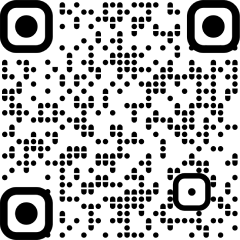
GANDHINAGAR: The high-level committee on urban planning formed by the state govt has started developing the Vision and Roadmap for Urban Transformation document aligned with the state’s Viksit Bharat@2047 goals. The committee has invited proposals from international consulting agencies with experience.
Sources close to the development said, “The high-level committee (HLC) intends to achieve a holistic urban transformation for Gujarat by addressing multiple sectors such as urban planning and development regulations; transportation and mobility; infrastructure environment and ecology; institutional framework, urban finance and investment strategy; improvement in statutory and institutional framework etc, while addressing liveability, economic development, sustainability and resilience.”
The state has 155 urban local bodies (ULBs) of which 17 are municipal corporations and 148 class A, B, C and D municipalities. Gujarat’s 130 development authorities include 16 urban development authorities (UDAs) and 104 area development authorities (ADAs).
An official said, “The recently issued request for proposal (RFP) aims to formulate a well-articulated vision and an action plan for planned urban development to achieve balanced urbanisation and robust economic growth.”
On improved liveability, the project aims to create pilot cities that become models on sustainable urban planning, affordable housing initiatives, green infrastructure, smart solutions that improve quality of life and people-oriented interventions. These pilot cities will focus on inclusive housing and community development, access to quality social infrastructure.
On financial sustainability, the HLC is seeking a comprehensive spatial economic framework addressing the diverse economic geographies and potential linkages of Gujarat, including coastal, inland, and strip urbanisation. The document will list strategies to promote public-private-people partnership (4P).
The govt also aims the document to be a detailed guide on green, sustainable cities where development has low impact on the environment and natural resources and urban design integrates water sensitivity, green energy, and environmental conservation.
It aims to ensure people have adequate availability and accessibility to physical infrastructure covering water supply, sewerage, drainage, solid waste among others. The document will look at strengthening existing green building guidelines and develop strategies and policies to facilitate wider adoption across residential, commercial, and govt buildings.












